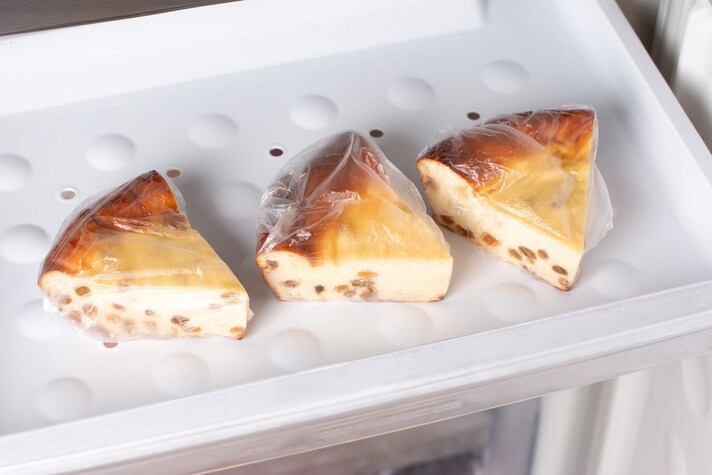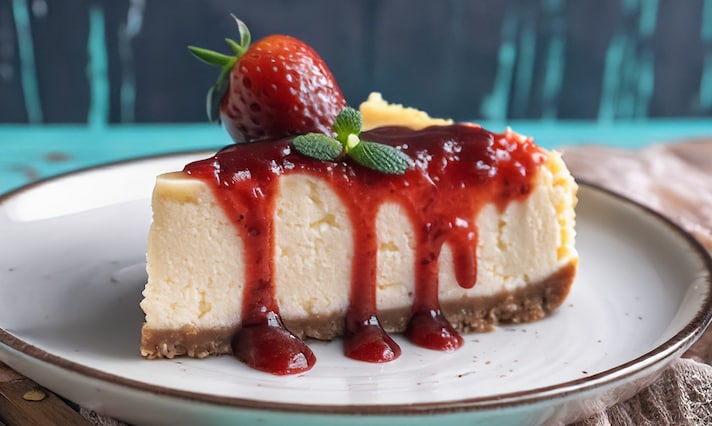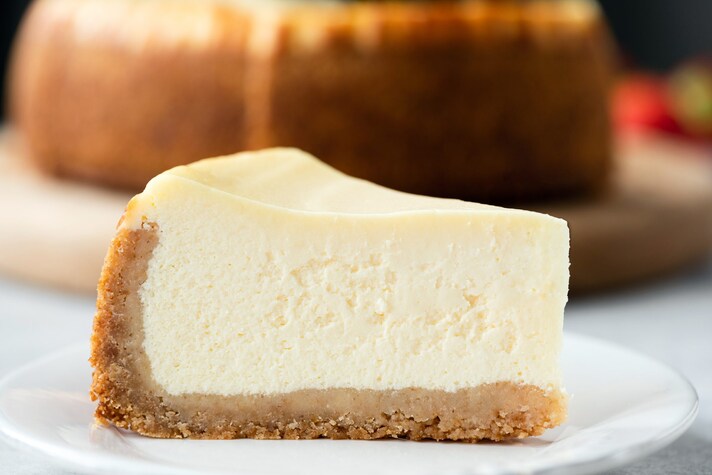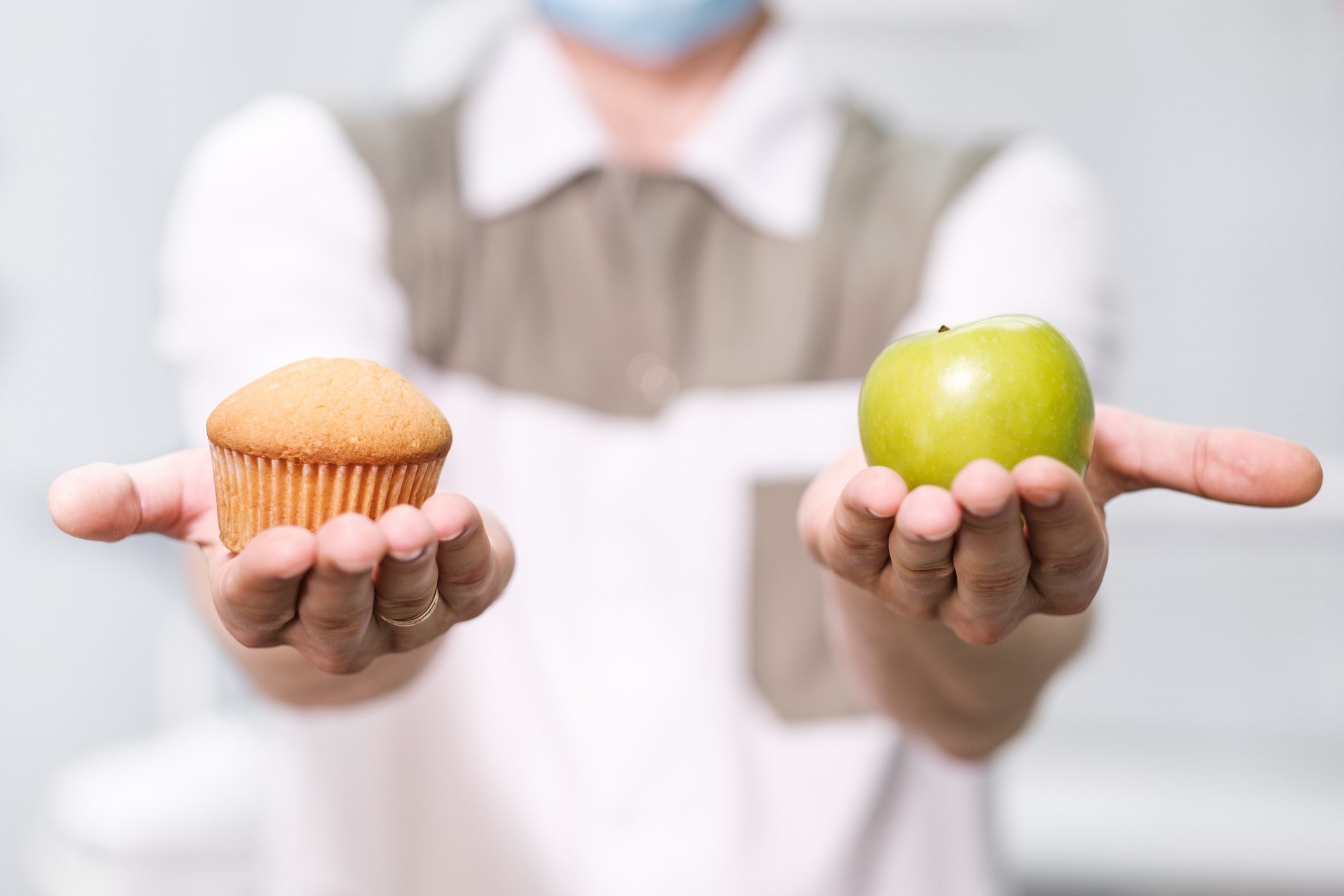Does Cheesecake Need to Be Refrigerated? Here’s the Surprising Truth
Storing cheesecake properly is essential for both food safety and flavor. Refrigerate it immediately after serving, and it typically lasts 5 days in an airtight container. Never leave cheesecake out for more than 2 hours. Freezing is possible for longer storage, but it’s important to follow proper steps. Learn how to recognize signs of spoilage and store different types of cheesecake effectively.

Love cheesecake but not sure how to store it? If you're wondering, does cheesecake need to be refrigerated?—the short answer is yes! Since it’s made with dairy and eggs, proper storage is crucial for food safety and taste. In this guide, we'll explain exactly how to store cheesecake, how long it lasts in the fridge, and whether it's safe to leave it out.
Why Cheesecake Must Be Refrigerated
Cheesecake contains perishable ingredients like cream cheese, sour cream, and eggs. These need to be stored at safe temperatures to prevent bacterial growth.
- Cheesecake should be refrigerated at 40°F (4°C) or below.
- Leaving cheesecake at room temperature for more than 2 hours can make it unsafe to eat.
- Bacteria like Listeria and Salmonella thrive in warm, dairy-rich environments.
Tip: If you're unsure, it's always safer to refrigerate cheesecake immediately after serving.
How Long Does Cheesecake Last in the Fridge?
If you’ve made or purchased a cheesecake, it should be refrigerated as soon as it cools to room temperature. When properly stored in an airtight container, cheesecake typically stays fresh for about five days. It’s a good idea to label the container with the date so you can keep track of its freshness. Store-bought cheesecakes with preservatives might last slightly longer, but it's best to follow the manufacturer’s instructions printed on the packaging.
Can You Leave Cheesecake Out Overnight?
Leaving cheesecake out overnight is not safe. Even if you forgot it just once, it’s better to be cautious. The USDA recommends discarding any perishable food left at room temperature for more than two hours. While it may be disappointing to toss a beautiful dessert, food poisoning is never worth the risk. If you're serving cheesecake at a gathering, keep it chilled until it's time to serve, and return any leftovers to the fridge promptly.

Can You Freeze Cheesecake?
Freezing cheesecake is an excellent way to extend its shelf life without compromising too much on flavor or texture. Before freezing, let the cake cool completely. You can freeze the whole cheesecake or slice it into portions for easier thawing later. Each slice should be tightly wrapped in plastic wrap, then again in aluminum foil, or placed in a freezer-safe container. Cheesecake freezes well for up to two months. When you’re ready to enjoy it, move it to the fridge overnight to thaw gradually.
How to Freeze Cheesecake Properly
- Let the cheesecake cool completely.
- Slice it into individual servings for convenience.
- Wrap each slice tightly in plastic wrap, then aluminum foil.
- Place slices in a freezer-safe container or bag.
Serving Tips After Refrigeration
Cold cheesecake tastes great, but for the smoothest, creamiest bite, let it sit at room temperature for about 30 minutes before serving. This short resting time allows the filling to soften just enough while still holding its structure. It’s a small step that makes a big difference in flavor and mouthfeel, especially for dense New York-style cheesecakes.

How Can You Tell if Cheesecake Has Gone Bad?
Even when stored properly, cheesecake doesn’t last forever. Knowing when it’s time to toss it is key to avoiding foodborne illness. So how can you tell if cheesecake has gone bad? There are a few clear signs to look for.
The first is the smell. Fresh cheesecake has a sweet, creamy scent. If you notice a sour, tangy, or off-putting odor, it’s a major red flag that the dairy has started to spoil. The appearance also gives clues—watch for discoloration, such as yellowing or dark spots, which may indicate mold or bacterial growth. If you see fuzzy mold on any part of the cheesecake, even just a small area, it’s safest to discard the entire thing.
Texture changes are another giveaway. If the top has become overly wet, cracked, or slimy, or if the filling seems unusually soft or runny, it's no longer good. Also, pay attention to the crust—if it’s soggy or pulling away from the filling, that’s a sign it’s past its prime.
Lastly, taste testing is not recommended with questionable cheesecake. If you’re unsure, it’s better to err on the side of caution. Eating spoiled dairy can lead to food poisoning, and cheesecake’s rich ingredients can mask spoilage just long enough to cause problems.
To stay on the safe side, always note the storage date and stick to the general rule of consuming cheesecake within 5 days of refrigeration—or within 2 hours if it’s been left out.

Storage Differences Between New York Cheesecake and No-Bake Cheesecake
When it comes to storage, New York-style and no-bake cheesecakes have similar refrigeration needs but differ slightly in texture and shelf life. New York cheesecake, which is baked and made with eggs, is denser and more stable. It must be kept refrigerated and tends to hold up well for up to five days when stored in an airtight container. You can also freeze it easily without compromising its structure.
No-bake cheesecake, on the other hand, is typically made with whipped cream or condensed milk and set using the fridge rather than the oven. Its lighter, mousse-like texture makes it more delicate and slightly more prone to breaking down, especially if left out for too long. No-bake versions should also be kept refrigerated at all times and are best consumed within three to four days for the freshest taste and consistency. Freezing is possible but may affect the texture more than with baked cheesecake.
;Resize,width=767;)
;Resize,width=712;)

;Resize,width=712;)
